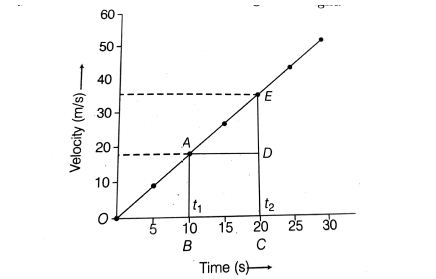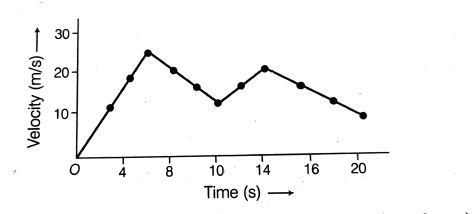How uniform acceleration is different from nonuniform acceleration?
Last updated on February 8th, 2024 at 10:45 am
Let’s see how uniform acceleration is different from non-uniform acceleration. Acceleration is defined as the rate of change of velocity.
We call an acceleration uniform when the change of velocity per unit time is constant i.e. velocity changes by an equal amount in an equal interval of time. In uniform accelerated motion velocity-time graph is a straight line with a constant gradient passing through the origin. On the other hand, acceleration is tagged as nonuniform acceleration when the change of velocity per unit of time is not constant, rather it varies non-uniformly during the motion. In nonuniform accelerated motion velocity-time graph is not a straight line.
It will be clear if we take the help of examples.
uniform acceleration example
If we say that an object is moving with an acceleration of 5 m/s^2, that means the motion has a constant or uniform acceleration.
If that object starts from zero initial velocity, then after 1 second, its velocity would be 5 m/s.
After one more second (i.e. after 2 seconds from the starting instant), its velocity would be 10 m/s.
That means after a fixed time interval its velocity changes by a fixed or constant value (here 5 m/s rise for every 1 second time interval).
This motion is an example of motion with uniform acceleration.
Velocity time graph for a motion with uniform acceleration
In uniform accelerated motion velocity-time graph is a straight line passing through the origin.

nonuniform acceleration example
Now, let’s take an example of non-uniform acceleration.
Say an object starts from zero initial velocity and after 1 second its velocity becomes 5 m/s.
So for this 1 second interval the acceleration is (5-0)/1 m/s^2 = 5 m/s^2.
Now after 1 more second, say, its velocity becomes 12 m/s.
For this last 1 second interval its acceleration is =(12-5)/1 m/s^2 = 7 m/s^2.
So here we can see that in 2 equal time intervals (of 1 second here) the ‘rate of change of velocity’ values are 5 m/s^2 and 7m/s^2 respectively, which are non-uniform.
So this kind of acceleration is known as non-uniform acceleration.
Velocity time graph for a motion with nonuniform acceleration


